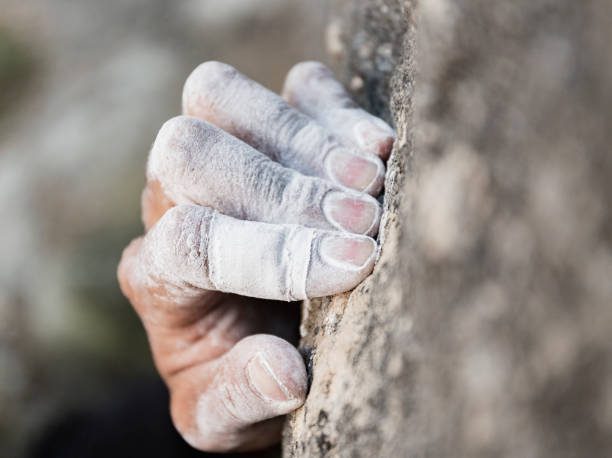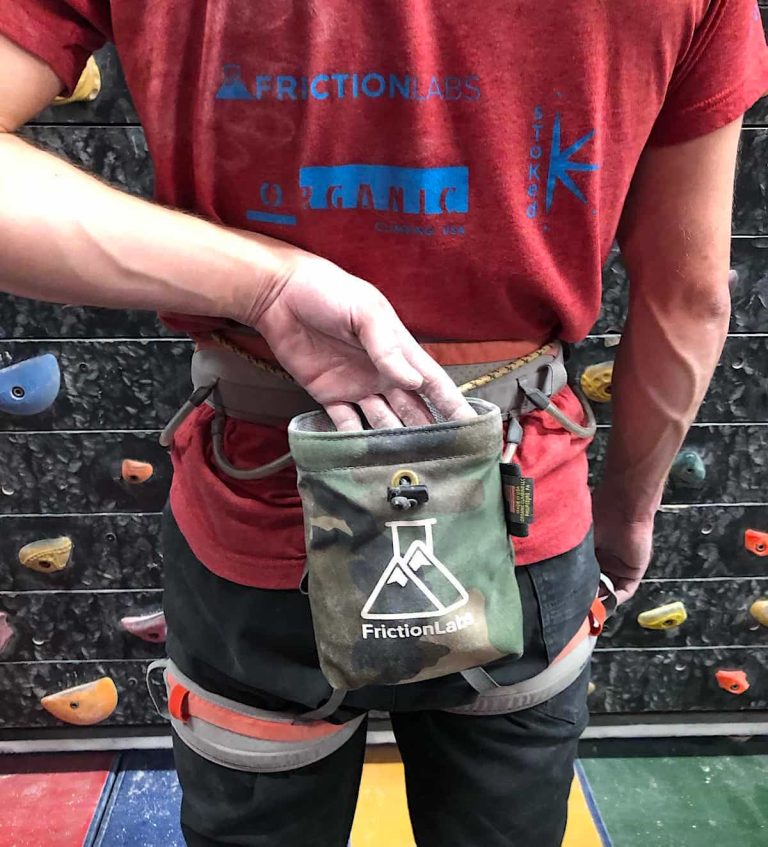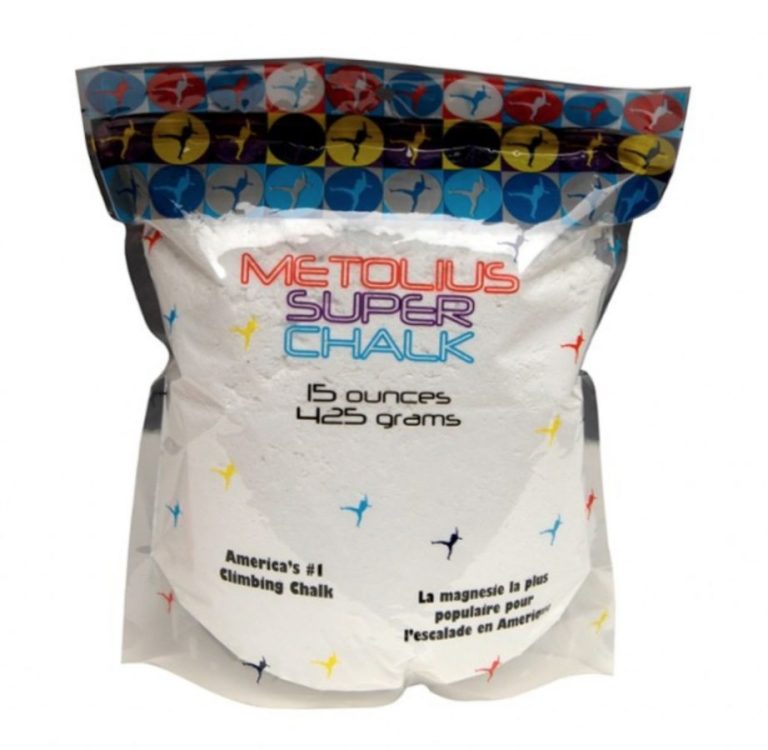Understanding Climbing Chalk: What Makes Us Stick to the Rock
Climbing enthusiasts often find themselves facing a common challenge on hot days when the rock surfaces feel slippery, and their grip seems to be failing. We often blame the stone, but the real culprit lies within our physiology. On sweltering days, we lack the necessary friction to hold onto the rock effectively. To improve our climbing performance, we must delve into the science of how we stick to the rock.
The Science of Friction
Friction operates on a microscopic level when two objects rub against each other. This phenomenon is measured by the coefficient of friction, which quantifies the force required to slide one surface over another divided by the pressure between the two surfaces. In climbing, it’s the rock’s rugosities, the tiny edges and wrinkles, that catch our hands and feet and create friction. Different rocks offer varying levels of friction. For instance, sandstone, with its multitude of microscopic edges, provides greater friction than smoother surfaces like polished marble. The coefficient of friction between a hand and limestone is around 0.64, while on sandstone, it’s approximately a grippier 0.74.
The Impact of Sweat on Friction
While some rocks inherently offer higher friction, external factors like temperature do not significantly affect a rock’s friction. Instead, it’s our own sweat that plays a crucial role. Sweating is our body’s way of cooling down in the heat, but it also means we can lose up to 10 liters of water per day. Unfortunately, our palms possess more sweat glands than any other part of our body, making them particularly prone to sweating. Consequently, while the rock’s properties remain constant, our fingers become wet and less effective at gripping.
Small amounts of moisture on the rock’s surface can actually enhance friction by creating a thin liquid layer that acts as a binding glue. This increases the coefficient of friction. However, excessive moisture can have the opposite effect, making the surface too slippery. This is where climbers turn to gymnastic chalk.
The Role of Chalk in Climbing
Climbers often apply chalk to their hands to combat excess sweat. The primary ingredient in chalk, magnesium carbonate, traps water molecules in its molecular structure, keeping hands drier for longer. However, an excessive buildup of chalk on a hold can smooth out the micro-edges that enhance friction. Hence, it’s essential to brush off excess chalk to maintain an optimal grip.
A study published in 2012 found that using chalk increased friction on limestone by 18 percent and by more than 21 percent on sandstone. However, it’s worth noting that extremely dry skin can be almost as slippery as wet skin due to its rigidity, which prevents it from molding to microscopic edges. Keeping your skin soft and supple can boost friction, as moisturizers increase skin malleability, allowing for better surface-area contact.
Temperature and Its Effects on Friction
Maintaining the right body temperature can also impact your climbing performance. Lowering your body temperature by seeking shade or using battery-powered fans can reduce sweating. Additionally, women may have a natural advantage as they tend to have slightly lower finger temperatures, but men often compensate with better-hydrated fingers, giving them the upper hand in terms of friction.
Cold temperatures can pose challenges of their own. Just as dry skin reduces friction, cold skin hardens and cannot conform to the rock’s surface features, leading to reduced contact. A little hydration and warmth can keep your hands supple and maximize friction.
The Art of Perfect Friction
The science of climbing friction is still evolving, and many aspects remain unexplored. Achieving optimal friction is a delicate balancing act. Cold is beneficial, but too much can be counterproductive. Hydrated skin is helpful, but excessive sweating is detrimental. Chalk can enhance your grip, but too much can hinder it. Therefore, when you tackle your next climbing challenge, remember that perfect friction is a recipe, with numerous ever-changing ingredients that need to be meticulously blended to ensure success.
Frequently Asked Questions
- How does chalk improve climbing grip? Chalk, primarily composed of magnesium carbonate, traps moisture, keeping your hands drier and enhancing friction.
- Why is excess moisture on the rock’s surface detrimental to friction? Too much moisture creates a slippery surface, reducing friction by preventing the formation of a binding glue-like layer.
- What can climbers do to combat sweaty hands? Climbers often use gymnastic chalk to absorb sweat and improve their grip on the rock.
- Why is it important to maintain the right body temperature while climbing? Lowering body temperature by seeking shade or using fans can reduce sweating and improve friction.
- Are there gender differences in climbing performance related to friction? Women may have slightly lower finger temperatures, but men often compensate with better-hydrated fingers, affecting their friction levels.


